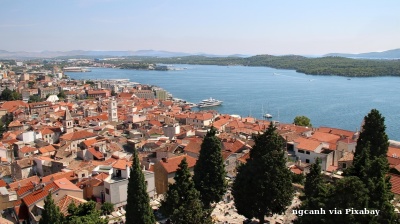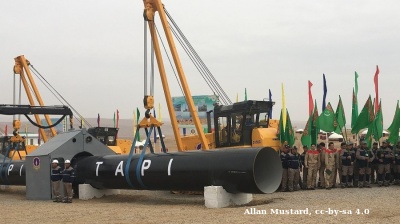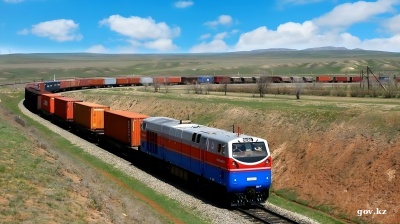Tajikistan’s glaciers are retreating at an alarming rate, with over 1,000 already gone completely and dozens more under threat, according to a new Atlas of Environmental Change published by the United Nations Environment Programme (UNEP) on September 2.
The findings underscore the urgency of regional cooperation as rising temperatures put unprecedented pressure on Central Asia’s water resources.
Drawing on more than six decades of national and satellite data, the Atlas shows that Tajikistan’s average annual temperature has increased by 1.2°C — double the global average of 0.6°C — with warming accelerating in recent years.
“This Atlas provides vital evidence to support Tajikistan in confronting the effects of climate change and environmental degradation,” said Arnold Kreilhuber, Director of UNEP’s Europe Office.
The consequences of this warming are already visible. Of the country’s 14,000 glaciers, over 1,000 have completely vanished. The remaining small glaciers are projected to disappear within the next 30 to 40 years. In the Pamir Mountains, average air temperatures are expected to rise by a further 2.0°C by 2050, threatening dramatic reductions in glacier mass in major river basins.
UNEP warns that the Pyanj and Vakhsh river basins could lose up to 75.5% and 53% of their glacial coverage, respectively, by mid-century. This poses serious risks for water security and hydropower — the latter accounting for up to 95% of Tajikistan’s electricity generation. The report also projects a 30% decline in runoff in the Amu Darya River basin compared with the previous decade, jeopardising water access both within Tajikistan and downstream.
Natural disasters are compounding the risks. Between 2020 and 2023, Tajikistan faced 1,826 disaster events — including floods, mudslides and avalanches — resulting in over 100 fatalities and more than $30mn in economic losses.
“By visualising these effects, the Atlas empowers decision-makers to protect natural resources, reduce disaster risks, and pursue sustainable development,” Kreilhuber said.
The report identifies integrated water management and transboundary cooperation as key to addressing shared environmental risks. “Water is one of Tajikistan’s most vulnerable sectors,” UNEP states, adding that regional dialogue will be essential to ensure long-term resource security.
Despite the pressures, the Atlas notes gains in conservation. Protected areas have expanded from 3.6% of the national territory in 1991 to 21.6% in 2023. Tajikistan now boasts four reserves, 13 nature refuges and three national parks, supporting its reputation as a biodiversity hotspot in Central Asia.
The Atlas is available in print and via an interactive Geoportal offering open access to environmental data. The Geoportal allows policymakers to monitor trends and track progress towards international commitments, including the Sustainable Development Goals and Rio Conventions. The publication, currently in Russian, will soon be released in Tajik and English.
UNEP is preparing similar environmental assessments for the Kyrgyz Republic and Uzbekistan.
bneGREEN

North Macedonia's Skopje tackles mounting waste and rodent crisis
Locals say the problems in Skopje's Centar municipality worsened during the local election period when political campaigning took precedence over maintenance.

Malaysia–Vietnam offshore wind project to deliver 2,000 MW by 2034, strengthening regional green energy links
Malaysia’s upcoming offshore wind project connecting Vietnam to Peninsular Malaysia is expected to generate up to 2,000 megawatts (MW) of clean energy by 2034, marking a major step in the nation’s renewable energy expansion

EBRD invests €16.8mn in Croatia’s first large-scale battery storage and virtual power plant
Development bank to take its first equity stake in a standalone merchant storage project.

Kyrgyzstan says neighbours “upset” by country’s lack of water
“This year we were supposed to overcome shortages, but instead, they have intensified,” deputy head of cabinet tells Uzbekistan and Kazakhstan.



